MVR Baseball Stat: What Is MVR In Baseball?
When you watch a Major League Baseball (MLB) game, you can see some columns at the end of the scores on every giant baseball scoreboard in the outfield of every ballpark. They show in-game parameters such as errors or runners left on base (LOB) for each team.
Recently, people started adding a new column called MVR and it confused some viewers.
What does MVR stand for in baseball? MVR baseball (aka Mound Visits Remaining) is a counting measure to see how many mound visits each team has for the rest of the game. It’s been in the rules of Major League Baseball since 2018
On the surface, this number seems easy to understand, but in reality, the baseball MVR stat significantly affects the personnel of the match. Join Scott Fujita to explore more about the rule as well as the exception about this number.
Contents
MVR Baseball: What Are Mound Visits Remaining In Baseball?
The MVR column in the baseball scoreboard.
A mound visit is defined as an occasion where a coach or a non-pitcher player asks for time to go to the pitcher’s mound for discussion. When a mound visit occurs, the referee will signal again with the counting board to adjust the remaining number of mound visits.
Each coaching staff member will be allowed to visit the pitcher once per inning and may not take them out of position. If violated, the pitcher will have to leave the field immediately.
The time for each of these mound visits is not long, only about 30 seconds. The umpire will start timing from the moment they allow you to visit and you leave the dugout.
View more: Baseball drills
When the coach leaves the 18-foot circle surrounding the pitching rubber, the time for one mound visit will end. There are exceptions to this. For example, the coach wants to announce a replacement. They can still go back to the pitcher’s mound without breaking it.
Per nine innings, each team will have five mound visits. For each extra inning played, the team receives an additional visit. During the rainy season, visits take place to check for possible injury, clean gaps, or follow an abusive substitution statement.
A normal conversation between players is not a mound visit. Depending on the catcher’s request, the referee may authorize a quick hit in a baseball game. This situation is required to occur when there is a cross-up between the pitcher and the catcher.
This video will give you a quick look at what baseball players say during a mound visit.
Purposes Of The Five Mound Visits Policy
The main reason baseball teams use mound visits in the nine-inning game is:
- To reassure and cheer up the pitcher when they are under pressure
- For a more in-depth discussion of upcoming strategy or tactics
The pitcher position is stressful, so you shouldn’t be surprised that there are many measures put in place to ease their stress. One failed pitch can affect the entire team. In such situations, the coach or manager needs to show up to talk and try to reassure their pitcher.
Changing tactics or discussing strategy is also a common reason for mound visits. There are many times when an intelligent strategy will determine the outcome of the whole match.
Therefore, it makes perfect sense for coaches to appear at pitcher’s rubber in one inning.
Related:
What Are The Exceptions For A Mound Visit?
There are some exceptions for the mound visits policy.
Each rule comes with a few exceptions to show flexibility during the game, and so does MVR in baseball.
A good example is if the pitcher appears to be experiencing an injury that could affect their performance, a coach needs to be present to check on them. If the coach announces that they want to change people (or don’t), this mound visit will not count.
Another exception is when a cross-up occurs between the catcher and pitcher if a ball arrives at the home plate from the pitcher position. It is when the catcher is expecting a curveball, but a fastball arrives. This ball will mess up the team play, and the referee allows the two players to meet without affecting the MVR.
The main reason for this is that there will be complex signals and sequences between the pitcher and the catcher to avoid stealing signs from the offensive team.
The final exception is when the pinch hitter replaces the player holding the bat, the catcher can meet quickly with a new pitcher to discuss. And yet, the final exception is when people in the yard come forward to clean their spikes through a rubber scraper.
These situations are rare, but fans should know that they will not affect the team’s MVR.
Sometimes overpowered fans can run into the field and interrupt the game. The players can take advantage of when the security is handling the problem to meet and discuss with each other. It will, of course, not affect the team’s mound visits per game.
How Many Visits Per Game Until Now? History Of MVR In Baseball
The mound visit limit is relatively new in baseball games. Although the MLB revised the law quite thoroughly in 2018, it was started in 2016. The primary purpose of this limit is to speed up the game due to interruptions caused by the coach or catcher during play.
Previously, the only restriction for the team was that the pitcher would be removed in case coaching staff visited him twice per one inning.
From 2016 until now, there have been a few notable changes as follows:
2016
This year, mound visits include visits from individuals from dugouts, such as a coach or manager. The rules later expanded to include all other players.
2018
The 2018 limit outlines the number of mound visits a manager, pitching coach, or teammate can make in a nine-inning game. Each team will only have six mound visits per game, excluding visits when pitching change is included. They get an extra visit with extra innings.
2019
2019 has reduced the mound visit number to five in nine innings. An exception is that public conversations between catcher and pitcher that do not move out of position will not affect the MVR in baseball.
This rule has continued to this day. When this rule was first introduced in 2018, its effect seemed to be quite good as the total number of mound visits was halved, and it reduced the average time of a match by five minutes.
However, later on, the number did not change much. The game time goes back to 3:05 of 2017 when applying the rule in 2019. Further, the 2020 season has a time of 3:07.
It seems that five mound visits are still not enough to affect the entire duration of a baseball game as MLB would like.
Responses About The Mound Visits Policy
There are controversies around mound visits policy.
The main goal of this rule is to be civilized and progressive. Speeding up the game will save energy for both players and spectators watching the match.
Overall, it improves the structure of the game and changes the way to manage the tournaments.
Traditional fans, coaches, or managers don’t think so. They complain about the new terms because they believe it messes with the game’s rules and forces the personnel to spend more energy and time. If not careful, they can affect the pitcher and ultimately the whole game.
There has been much controversy surrounding the baseball MVR meaning and whether or not we should keep this law.
Final Thoughts
What does MVR mean in baseball? MVR is the parameter to determine the remaining mound visits of each team when playing. With a limit of five visits, it requires team members and the coaching staff to come up with precise strategies to win.
Although there is much controversy surrounding this limit, we should know that change in sport is inevitable. Accept it and find a way to adapt to it so that you can achieve success.

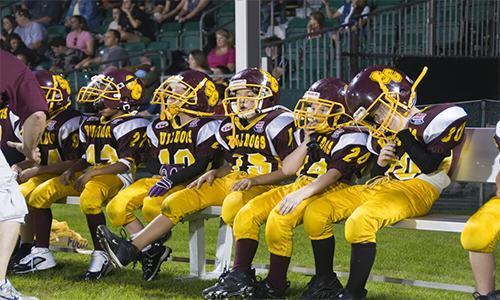

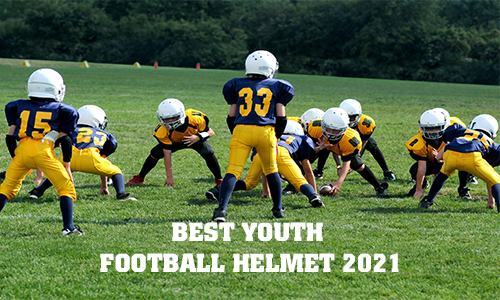

![[Top Rated] 10 best football gloves with best grip 2025 5 best football gloves 2021](https://www.scottfujita.com/wp-content/uploads/2021/03/best-football-gloves-2021.jpg)
![[Lastest Update] Top 10 Best Soccer Cleats For Kids 2025 6 Best soccer cleats for kids scott fujita](https://www.scottfujita.com/wp-content/uploads/2021/03/Best-soccer-cleats-for-kids-scott-fujita.jpg)




![[Top-Rated] The Best Basketball Shoes For Ankle Support 2025 11 best basketball shoes for ankle support scottfujita](https://www.scottfujita.com/wp-content/uploads/2021/07/best-basketball-shoes-for-ankle-support-scottfujita.jpg)




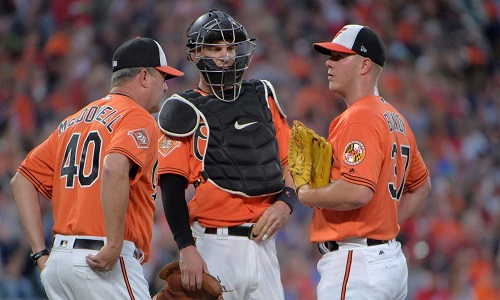
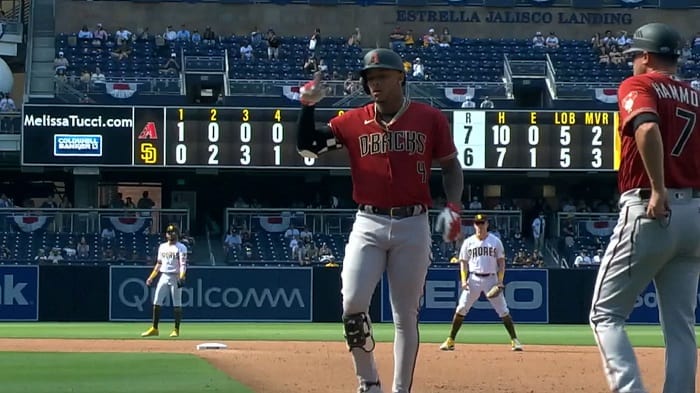
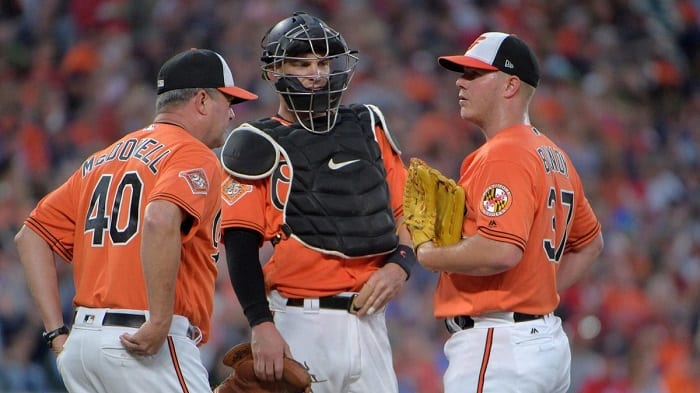
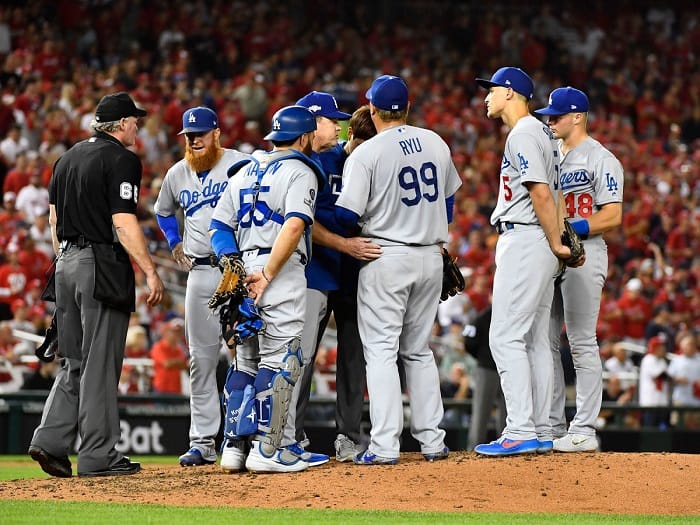
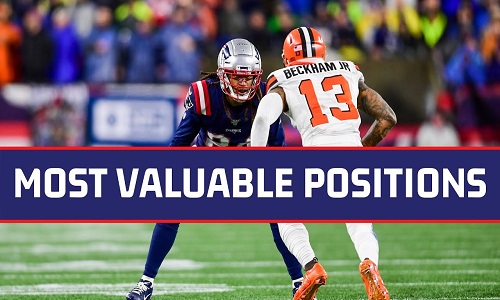
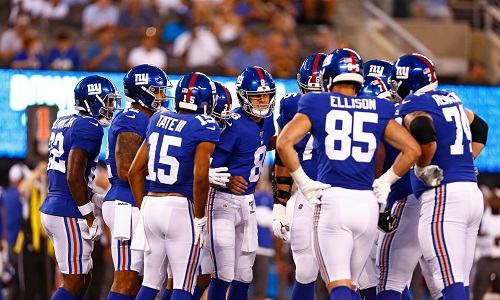
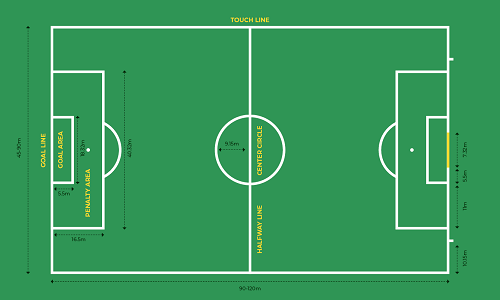

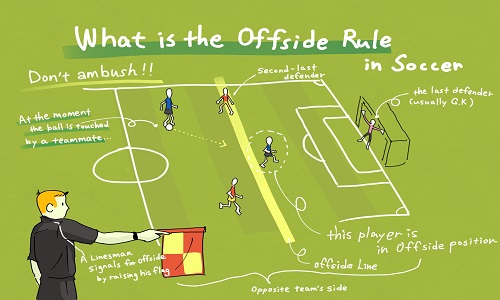
![What Are The 5 Positions In Basketball? [And Their Roles] 32 what are the 5 positions in basketball scottfujita](https://www.scottfujita.com/wp-content/uploads/2021/10/what-are-the-5-positions-in-basketball-scottfujita.jpg)


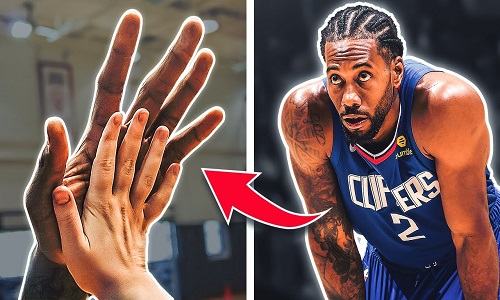
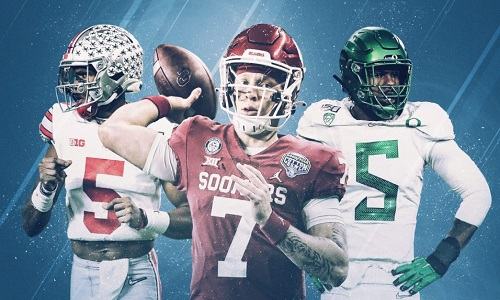


![Top 10 Best NBA Centers Of All Time [2024 Updated] 39 best nba centers of all time scottfujita](https://www.scottfujita.com/wp-content/uploads/2021/12/best-nba-centers-of-all-time-scottfujita.jpg)
![The Best Football Mouthguard 2024 [Reviewed & Compared] 40 best football mouthguard scottfujita](https://www.scottfujita.com/wp-content/uploads/2021/10/best-football-mouthguard-scottfujita.jpg)